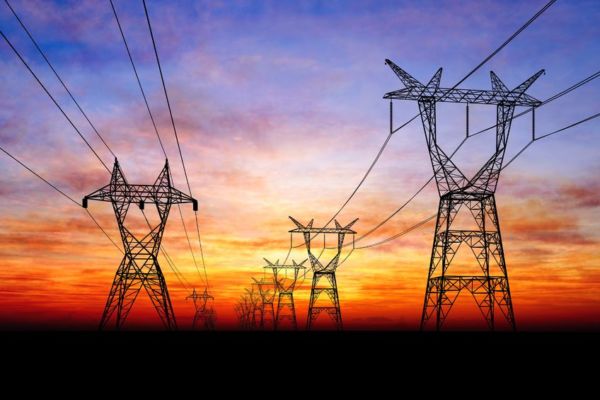Power prices could soar up to 84% under Labor’s energy blueprint

New analysis has revealed energy costs could skyrocket if wind and solar power are allowed to supply 55% of the national electricity market, casting doubt over Labor’s claim that a 50% renewable target will reduce electricity prices.
Labor has been spruiking its renewable energy target for quite some time, touting that it will put downward pressure on prices. However with the leadership coup afflicting the Liberal Party, it seems government has been too distracted by its own internal grievances to prosecute the case against the ALP’s energy policy and question some of its price claims.
The new analysis however, conducted by a group of veteran engineers, has stepped into the vacated space, exposing the potential price shock we could be in for if Labor’s policy becomes law.
“It’s a very dramatic increase,” says The Australian’s Adam Creighton, who broke the story.
“The analysis has found bills were likely to soar 84%, or about $1,400 a year for the typical household, if wind and solar power supplied 55% of the national electricity market.”
“It’s remarkable to me that you have the Opposition saying they want to increase renewable energy to 50% of the electricity supply by 2030, when at the moment it’s only about 7 percent.”
“It’s such a dramatic increase and yet there is so little scrutiny of what consequences that would have for ordinary household bills.”
Creighton says the findings speak to the fundamental flaw of renewable energy. As environmentally advantageous as it may be, it is always beholden to the unpredictability of nature, making it intermittent, unreliable and expensive.
“There is nothing wrong with renewable energy. But the reality is the infrastructure cost of wind and solar is incredibly high. I think the proponents of those sources of power often like to overlook that, and the fact that if the sun isn’t shining and the wind isn’t blowing, there needs to be some from of baseload power.”
“You’ve got to have some sort of baseload power, whether it’s coal, nuclear or gas. There has to be some form of fossil fuel power there in the background, as a backstop.”
Click PLAY below to listen to the full interview














